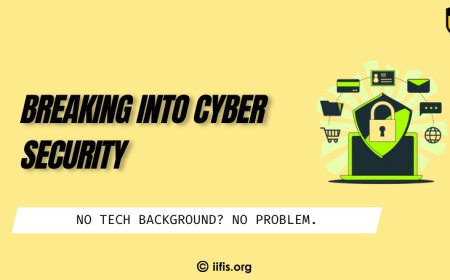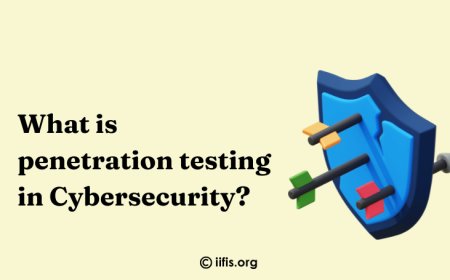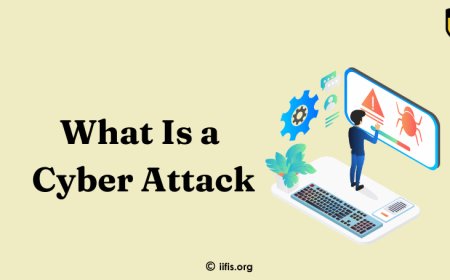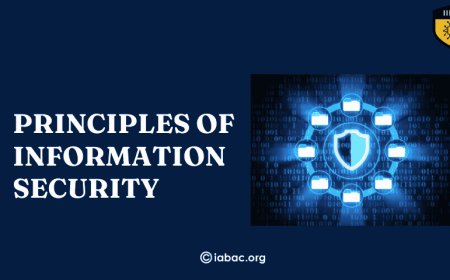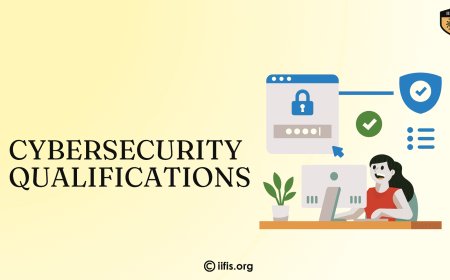Cybersecurity Strategy Tips for Managers
Essential cybersecurity strategy tips for managers: Learn best practices to protect your organization, mitigate risks, and foster a secure digital environment.
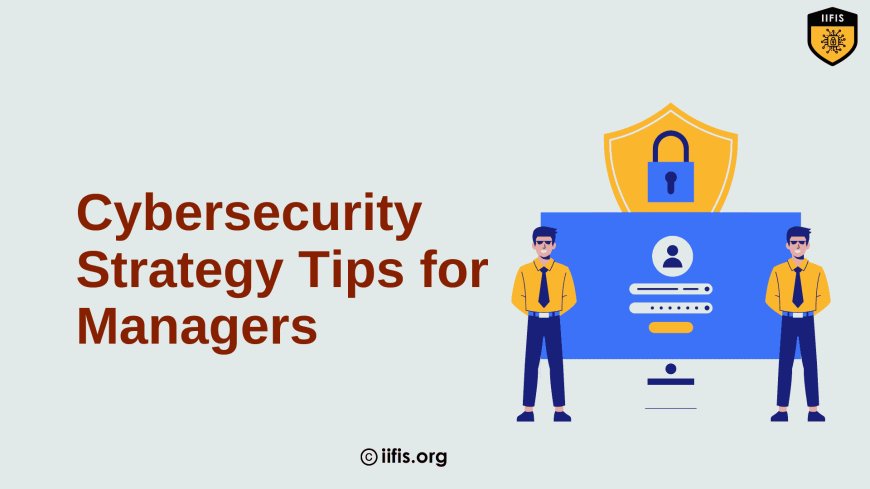
In today’s digital-first business landscape, cybersecurity is no longer just an IT concern—it’s a critical priority for managers across all departments. With cyber threats on the rise, companies of every size face the risks of data breaches, financial loss, and reputational damage. Managers play a vital role in shaping a robust cybersecurity strategy that protects assets, protects sensitive information, and builds trust with clients and stakeholders. This blog will cover essential cybersecurity strategy tips that every manager should know to enhance security measures, promote a culture of vigilance, and stay a step ahead in the fight against cyber threats.
Understanding Cybersecurity Risks and Challenges
-
Recognizing Common Cyber Threats
-
Cyber threats are constantly evolving, with phishing, ransomware, data breaches, and insider threats among the most common. Phishing attacks deceive employees into revealing sensitive information, ransomware locks critical data until a ransom is paid, and data breaches expose valuable information, potentially damaging a business’s reputation and finances. Insider threats, caused by employees or trusted partners, can lead to significant data loss, whether intentional or accidental.
-
Assessing Your Organization's Weaknesses
-
Conducting regular vulnerability assessments is essential to identify and address weak points in your organization’s security. Evaluations should cover both technica lweaknesses—like outdated software or unsecured networks—and human weaknesses, including employee awareness and readiness to respond to cyber threats. Strengthening these areas helps reduce risks and improves overall cybersecurity resilience.
-
Cybersecurity Compliance and Regulations
-
Compliance with cybersecurity regulations, such as GDPR (for data privacy in the EU) and HIPAA (for healthcare data in the U.S.), is crucial for companies in regulated industries. Non-compliance can lead to severe legal and financial consequences. Staying compliant involves understanding the specific regulations relevant to your industry, implementing security measures to protect sensitive data, and training employees on legal responsibilities surrounding data security.
Building a Cybersecurity Strategy
-
Establishing Clear Security Policies and Procedures
-
Defining policies around data handling, access management, and incident response is fundamental to a strong cybersecurity strategy. Clear, well-communicated policies empower employees to protect sensitive information and respond correctly to threats. Creating a cybersecurity handbook that is easy to understand and accessible ensures all team members know their responsibilities and can follow best practices.
-
Implementing Access Control Measures
-
Access control is critical in minimizing cybersecurity risks, with the principle of least privilege (PoLP) as a best practice to restrict access to sensitive data only to those who need it. Multi-factor authentication (MFA) and role-based access controls add layers of security, making unauthorized access much harder. These measures protect the organization’s data by limiting who can access it and ensuring stronger identity verification.
-
Investing in Regular Security Audits and Penetration Testing
-
Regular security audits help managers detect vulnerabilities in real-time, allowing them to address security weaknesses before they can be exploited. Penetration testing further enhances security by simulating a cyberattack to identify potential entry points, giving managers valuable insight into security gaps from a hacker’s perspective. These practices help to keep the organization’s defenses up-to-date and proactive.
-
Developing an Incident Response Plan
-
A structured incident response plan is crucial for managing cyber incidents effectively and minimizing damage. A comprehensive plan covers each step of the response: detection (identifying the threat), containment (isolating the threat), eradication (removing malicious elements), recovery (restoring systems), and post-incident analysis (reviewing the response to improve future actions). With a strong incident response plan in place, businesses can handle cyber threats efficiently, reduce downtime, and learn from each incident.
Building a Cybersecurity-Aware Culture
-
Conducting Regular Cybersecurity Training
-
Regular training is essential to keep employees informed about evolving cyber threats and best practices. Training sessions should cover critical topics such as phishing detection, password management, and social engineering tactics to ensure employees can identify and respond to threats. Continuous education builds a more vigilant workforce, reducing the likelihood of human error-related breaches.
-
Encouraging a “Zero Trust” Mindset
-
The Zero Trust model operates on the principle of “never trust, always verify,” requiring constant authentication and monitoring across the organization. Implementing Zero Trust principles, such as network segmentation (isolating sections of the network to contain breaches) and continuous monitoring, helps limit access and keeps sensitive information more secure, reducing risks from both internal and external threats.
-
Promoting Open Communication on Security Issues
-
A culture of open communication ensures that employees feel comfortable reporting suspicious activity or potential breaches. Encouraging a proactive approach to security includes establishing a designated cybersecurity point of contact within the organization, empowering employees to address concerns directly and fostering an environment of security awareness and collaboration.
Using Cybersecurity Tools and Technologies
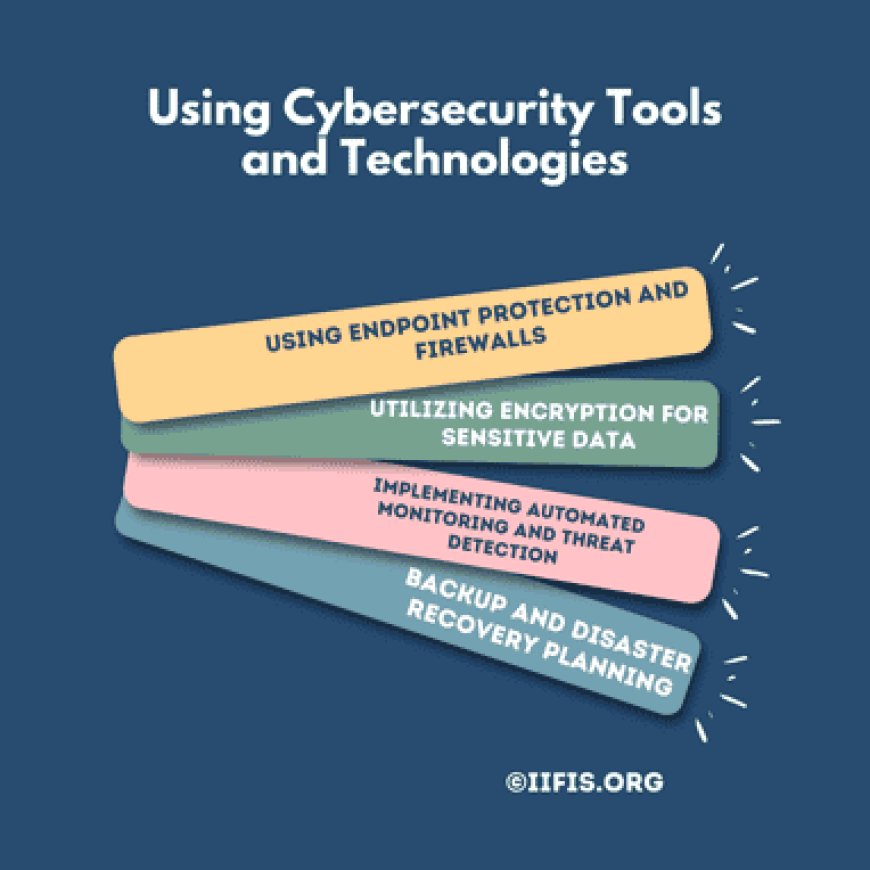
1. Using Endpoint Protection and Firewalls
-
-
Endpoint protection software and firewalls form the frontline defense for securing devices within a network. Endpoint protection guards individual devices against malware, while firewalls act as a barrier, blocking unauthorized access to network systems. Proper configuration of these tools allows for consistent monitoring and protection of all network-connected devices, reducing vulnerability to cyberattacks.
-
-
Utilizing Encryption for Sensitive Data
-
Encrypting sensitive data, both in transit and at rest, is essential for safeguarding confidential information. Encryption converts data into unreadable formats for unauthorized users, significantly reducing the risk of data breaches. Using strong encryption techniques and regularly updating encryption protocols are best practices that ensure sensitive information remains protected, even if intercepted.
-
-
Implementing Automated Monitoring and Threat Detection
-
Security Information and Event Management (SIEM) systems enable real-time monitoring and analysis of security events, providing valuable insights into potential threats. AI-driven threat detection tools enhance this process by identifying abnormal patterns, such as unusual login locations or sudden data transfers, which may signal an attack. These tools allow teams to detect and address threats swiftly, minimizing the risk of extensive damage.
-
-
Backup and Disaster Recovery Planning
-
Regular data backups are essential for recovering from cyber incidents, ensuring data can be restored promptly if lost or compromised. A disaster recovery plan outlines specific steps for restoring data and systems, reducing downtime and preserving operational continuity. By having backups and a clear recovery process in place, businesses can recover quickly from attacks, minimizing disruptions and financial impact.
-
Building a robust cybersecurity strategy requires managers to focus on key steps: understanding risks, establishing clear policies, leveraging advanced cybersecurity tools, fostering a culture of awareness, and continuously improving the organization’s security posture. Tracking metrics, conducting post-incident reviews, and staying updated on best practices help managers enhance their organization’s resilience against evolving threats.
Managers play a vital role in promoting proactive and resilient security. The International Institute of Finance & Information Security (IIFIS) emphasizes the importance of strategic cybersecurity practices and offers resources for staying informed on the latest trends and tools. Assessing and implementing these core tips equips managers to strengthen their cybersecurity efforts, protecting both assets and stakeholder trust. Prioritizing cybersecurity with the right strategies and support sets a foundation for long-term organizational security and success.
